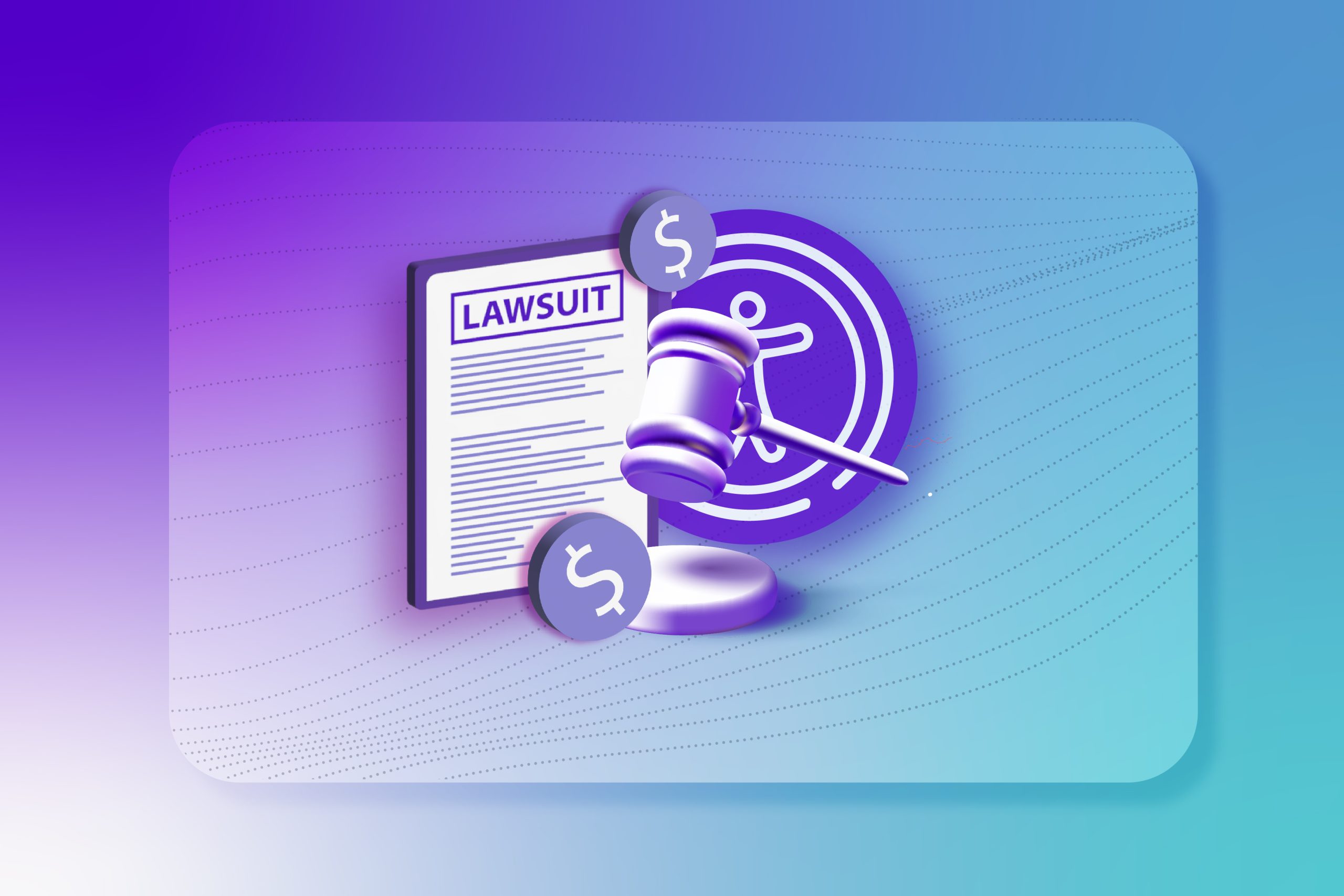In 2006, Target Corporation faced a wake-up call that would change how businesses view web accessibility forever. Bruce Sexton, a blind college student, tried to shop on Target.com using his screen reader software. Instead of hearing product descriptions, his computer read out meaningless strings of numbers and code. Unable to complete his purchase, Sexton and the National Federation of the Blind sued Target, ultimately resulting in a $6 million settlement plus millions more in legal fees.
Target’s story isn’t unique. It’s a warning sign that thousands of businesses have ignored, and they’re paying the price in ways that extend far beyond courtroom settlements.
The Legal Storm: Accessibility Lawsuits Are Breaking Records
The numbers tell a concerning story. Over the past three years, tens of thousands of ADA Title III lawsuits have been filed against organizations, with 8,800 complaints filed in 2024 alone, representing a 7% increase from the previous year. These numbers show that accessibility lawsuits remain a significant threat to businesses across all industries. These accessibility lawsuits aren’t just targeting major corporations. Accessibility lawsuits have become a major threat to businesses of all sizes. 73% of lawsuits have been filed against companies that bring in less than $25M in revenue in 2023. Small businesses, nonprofits, educational institutions, and online retailers are all vulnerable.
The financial impact is devastating:
- Average settlements range from $10,000 to $75,000
- Legal defense costs average $50,000 to $200,000
- Website fixes under legal pressure cost 3 to 5 times more than proactive accessibility
- Lost business during lengthy court battles
Digital compliance risk isn’t a future threat. It’s happening right now to businesses that thought they were safe.
Beyond Legal Fees: The Reputation Disaster
When accessibility lawsuits make headlines, the brand damage can last for years. Companies find themselves portrayed as companies that discriminate against people with disabilities. This negative image spreads fast through social media and news coverage. Such digital compliance risk extends beyond immediate legal costs, leading to:
- Lost customer trust and loyalty
- Negative social media posts that reach millions
- Difficulty attracting quality employees who value inclusive workplaces
- Investor concerns about company values
- Potential boycotts and public relations disasters
Consider this: a single lawsuit can trigger media coverage that reaches millions of people, permanently associating your brand with discrimination. The brand damage from such exposure can be irreversible. Recovering from this type of reputation damage can take years and cost far more than building accessibility from the start.
The Revenue Loss: Missing Out on 17% of Your Market
Here’s a number that should get every business leader’s attention: over 1.3 billion people, 15% to 20% of the global population, live with a disability. This group, along with their friends and family, has a spending power of $13 trillion.
When your website isn’t accessible, you’re not just failing to comply with regulations, you’re actively turning away customers. This lost revenue adds up over time:
- People with disabilities can’t complete purchases on websites they can’t navigate
- Educational institutions lose students who can’t navigate enrollment processes
- Service businesses miss appointments from clients who can’t book online
- B2B companies lose deals when prospects can’t access important information
The math is simple: if 17% of your target audience can’t use your digital platforms, you could be losing 17% of your revenue. For a business making $1 million per year, that’s $170,000 in lost sales every single year.
Hidden Costs vs Smart Investment: The True Financial Picture
Many businesses think accessibility is expensive, but this view ignores the hidden costs of not being accessible:
| Reactive Approach (Ignoring Accessibility) | Proactive Approach (Smart Investment) |
|---|---|
| Legal defense and settlement fees | Planned accessibility audits and remediations |
| Emergency website fixes under legal pressure | Regular maintenance and monitoring |
| Lost customers and revenue | Staff training and awareness programs |
| Damaged brand reputation | Enhanced brand reputation for inclusivity |
| Higher insurance costs | Protection from legal risks |
| Reach your full market potential |
The difference is clear. The investment in proactive accessibility varies based on your business size, audience, and market, but it consistently costs far less than reactive fixes under legal pressure. More importantly, accessibility opens doors to new customers and revenue streams that reactive compliance simply cannot achieve.
Prevention is Always Better Than Reaction
Smart businesses know that accessibility isn’t just about avoiding lawsuits, it’s about building sustainable, inclusive growth. Companies that focus on web accessibility consistently perform better than competitors by:
- Reaching market’sfull potential
- Improving SEO performance (accessible sites rank higher in search results)
- Creating better user experiences for all customers
- Showing corporate responsibility
- Preparing for future regulations
The question isn’t whether you can afford to invest in accessibility, it’s whether you can afford not to.
Take Action Before It’s Too Late
The wave of accessibility lawsuits isn’t slowing down, and the risk of non-compliance grows every day. Every moment your website stays inaccessible, you’re exposed to legal action while losing valuable customers and revenue.
Don’t wait for a lawsuit to force your hand. Prevent costly brand damage by protecting your business, saving your reputation, and unlocking your market’s potential by making accessibility a priority today.
Ready to turn risk into opportunity? The stories we’ve shared today don’t have to become your story. Our expert team helps businesses identify potential issues before they become expensive problems, building accessibility into your digital strategy from the ground up.
Get your free website accessibility audit to see where you stand today, and schedule a demo to learn how we can help make your website accessible to all people.
